|
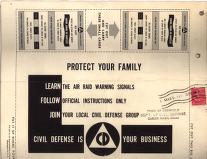
WWII Air Raid Warning Instructions
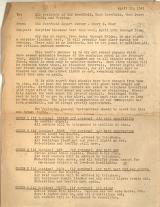
WWII Blackout Memo Deerfield Residents
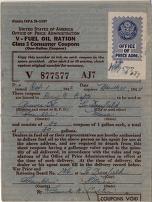
WWII Class 3 Fuel Oil Ration coupons

WWII Fuel Ration Identification Folder

WWII Application for Renewal of Fuel Oil ration
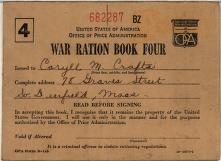
WWII War Ration Book 4
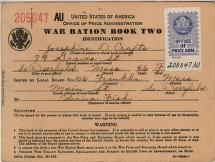
WWII War Ration Book 2
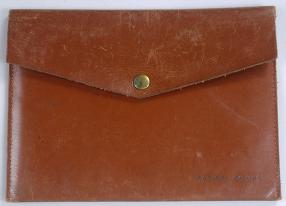
WWII Ration books and case
|
Summary and Objective
Students will understand that the lives of civilians on the homefront changed during World War II. The students will examine ration cards as well as other sources to discover the actions necessary for daily life and the "war effort".
*The students will identify the purpose of items
presented.
*The students will identify how such items helped
civilians aid the "war effort".
*The students will identify how such items affected
the daily life of those left at home.
Teaching Plan
Step 1.
The students will have prior instruction on life in the United States during World War I. They will have discussed some of the underlying basic hardships which were faced during World War II.
Step 2.
Pre-Activity: The teacher will read selections from the following books:
"V is for Victory" by Sylvia Whitman,
chapter 2 'The Home Front Goes to Work'
chapter 3 'America Tightens It's Belt', and ,
"World War II for Kids" by Richard Panchyk,
chapter 3 'The Home Front and Life During
the War'.
Also available for personal reading should be books such as:
"Rachel's War" by Molly McCaslin Robinson, and ,
"The 1940's, Secrets" (part of the 'Century Kids'
series) by Dorothy and Tom Hoobler.
Step 3.
Main Activity: Divide the students into three discussion groups and give each group a copy of one of the following documents. (Each discussion group will have a different set of documents.)
(## denotes documents from the Collections of this site.)
Group 1 – ## WWII Ration books and case;
## WWII War Ration Book 2;
## WWII War Ration Book 4
Group 2 – ## WWII Fuel Ration Identification Folder;
## WWII Class 3 Fuel Oil Ration coupons;
## WWII Application for Renewal of Fuel Oil
ration
Group 3 – ## WWII Air Raid Warning Instructions;
"Air Raid Precautions: Keep cool, don't scream,
don't run, prevent disorder, obey all
instructions." (poster – see website
below);
"Air Raid Protection - This is your air raid
protection, get it now." (poster – see
website below);
## WWII Blackout Memo Deerfield Residents;
"Blackout means Black" (poster – see website
below)
Step 4.
As each group examines and discusses their documents, they will answer the following questions:
1) What are these documents?
2) For what purpose were these documents used?
3) How did these help people at home help with
the "war effort"?
4) How did the actions required (of these
documents) affect how people at home
lived daily?
Step 5.
Gather again as one large group. Each group should
discuss their items by using the answers from the
questions in #4. Encourage other students from other
groups to ask further questions.
Step 6.
Post Activity: Students will create a week of diary
entries written from the viewpoint of a boy or girl
their age during World War II.
|




